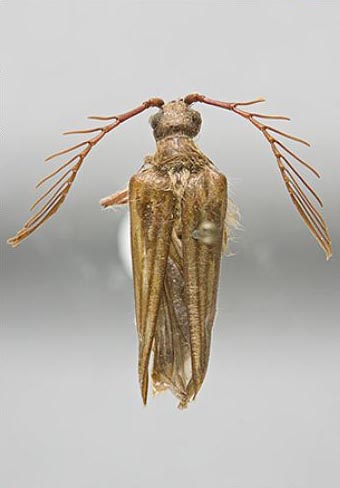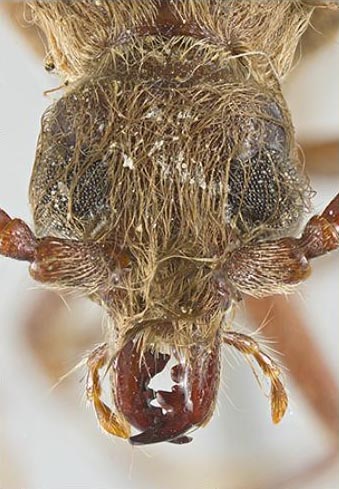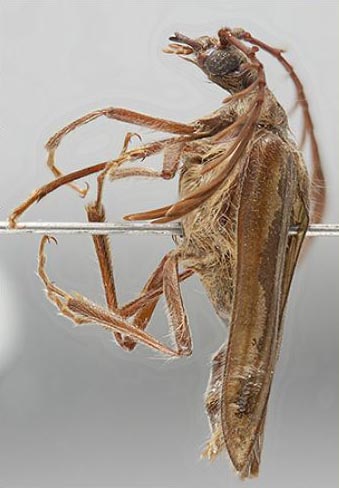|
Vesperoctenini Classification
Selected References to Larvae Specimens
|
 Vesperoctenus flohri Bates, 1891; dorsal ♂ specimen Cerambycidae:Prioninae:Vesperoctenini Photograph © N.P. Lord  Vesperoctenus flohri
Bates, 1891; head ♂ specimen Cerambycidae:Prioninae:Vesperoctenini Photograph © N.P. Lord  Vesperoctenus flohri
Bates, 1891; lateral ♂ specimen Cerambycidae:Prioninae:Vesperoctenini Photograph © N.P. Lord |

